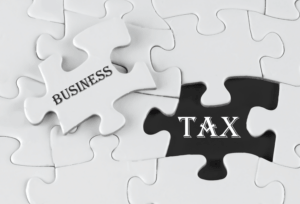- Empty cart.
- Continue Shopping
Cost principle

For example, when a retailer purchases inventory from a vendor, it records the purchase at the cash price that was actually paid. The cost principle is one of the basic underlying guidelines in accounting. The cost principle is one of the most conservative ways to track the values of multiple large assets, but there are some notable cases where cost accounting should not be used. The cost principle becomes impractical when you have assets that appreciate in value. When you have an asset that increases in value over time, there is no way to make the balance sheet equal.
There are some exceptions to this rule, but always apply the cost principle unless FASB has specifically stated that a different valuation method should be used in a given circumstance. The conceptual framework sets the basis for accounting standards set by rule-making bodies that govern how the financial statements are prepared. Here are a few of the principles, assumptions, and concepts that provide guidance in developing GAAP. Generally Accepted Accounting Principles (GAAP) and considered a more conservative (and potentially more accurate) way to value large assets. If assets are always maintained at the original cost, then adjustments are unnecessary. This means that financial statements are easier to manage overall.
AccountingTools
Both are expected to last for years to come, and can see an increase or decrease in value, depending on the market. They need to be recorded at face value, and are balance sheet items that maintain their original cost. Historical cost is the price paid for an asset when it was purchased. Historical cost is a fundamental basis in accounting, as it is often used in the reporting for fixed assets. It is also used to determine the basis of potential gains and losses on the disposal of fixed assets. According to the Cost Principle, the value of an asset on the balance sheet should reflect the actual amount paid to acquire it, including any related costs such as shipping or installation.

On the balance sheet, the work truck is still listed at the original cost of $50,000. In addition to the original cost, the accumulated depreciation is recorded. For tax purposes, the IRS uses a term called “basis” for business assets as the actual cost of property.
Random Glossary term
Additionally, many of these options will allow you to store documents that justify the cost recorded on the balance sheet. If you plan on using the cost principle, plan on using reputable accounting software. Lisa’s company purchased a piece of equipment for the kitchen in 2018 for $15,000. The cost on the balance sheet remains at the original price of $15,000. If your business’s assets are always recorded at the same cost, then verifying costs is much easier.
As you know from Introduction to Financial Statements, each of these categories, in turn, includes many individual accounts, all of which a company maintains in its general ledger. A general ledger is a comprehensive listing of all of a company’s accounts with their the cost principle is used: individual balances. Some companies that operate on a global scale may be able to report their financial statements using IFRS. The SEC regulates the financial reporting of companies selling their shares in the United States, whether US GAAP or IFRS are used.
